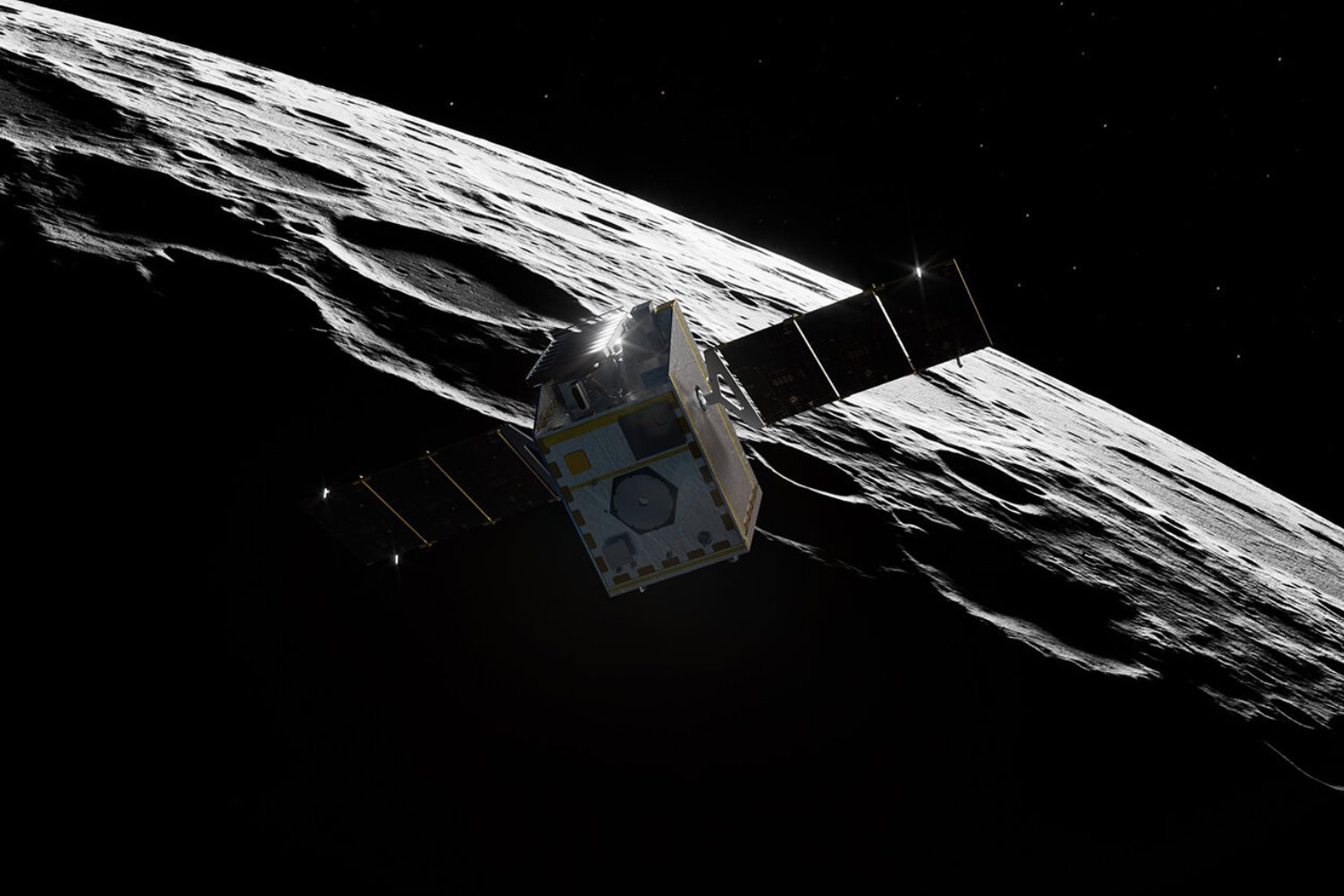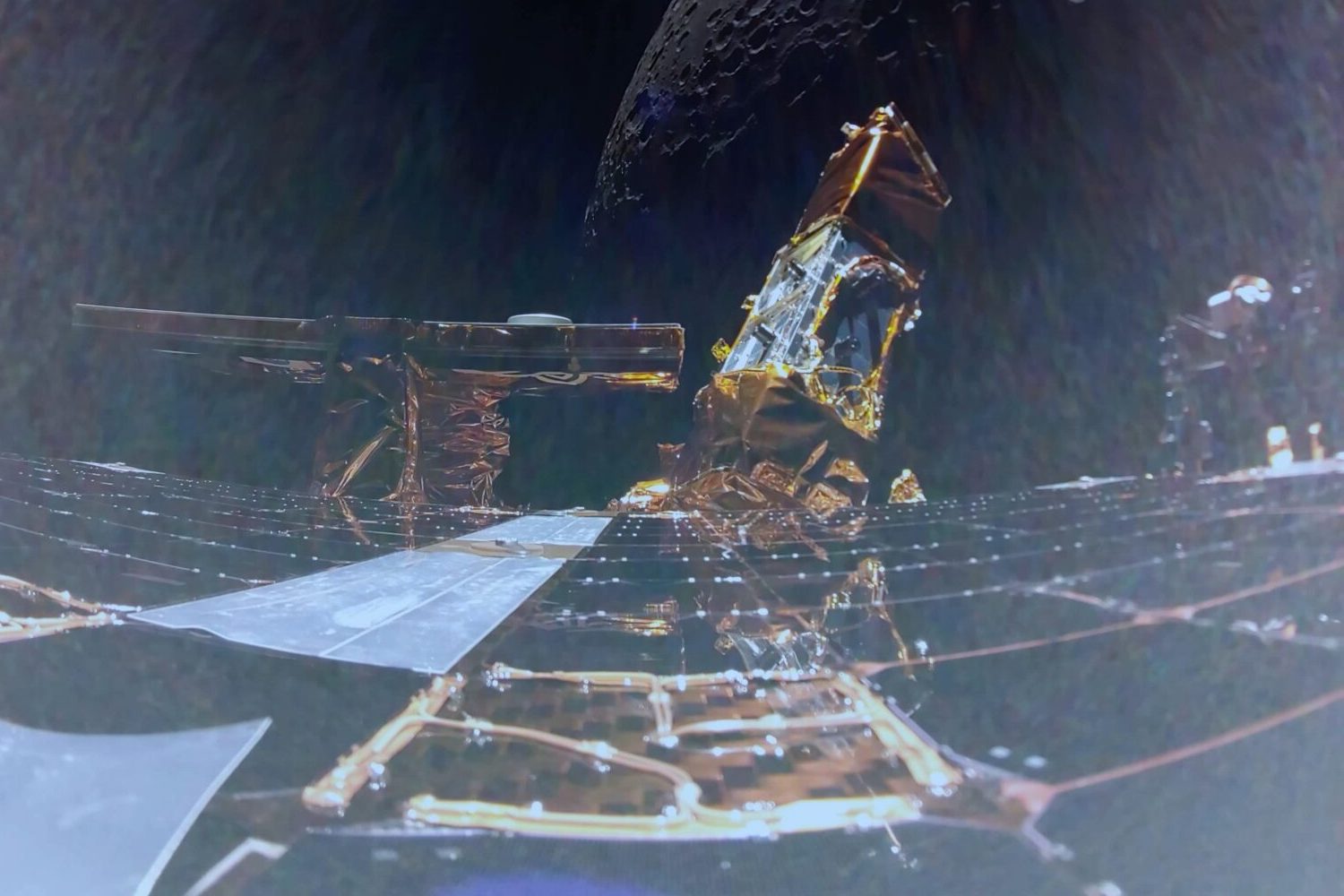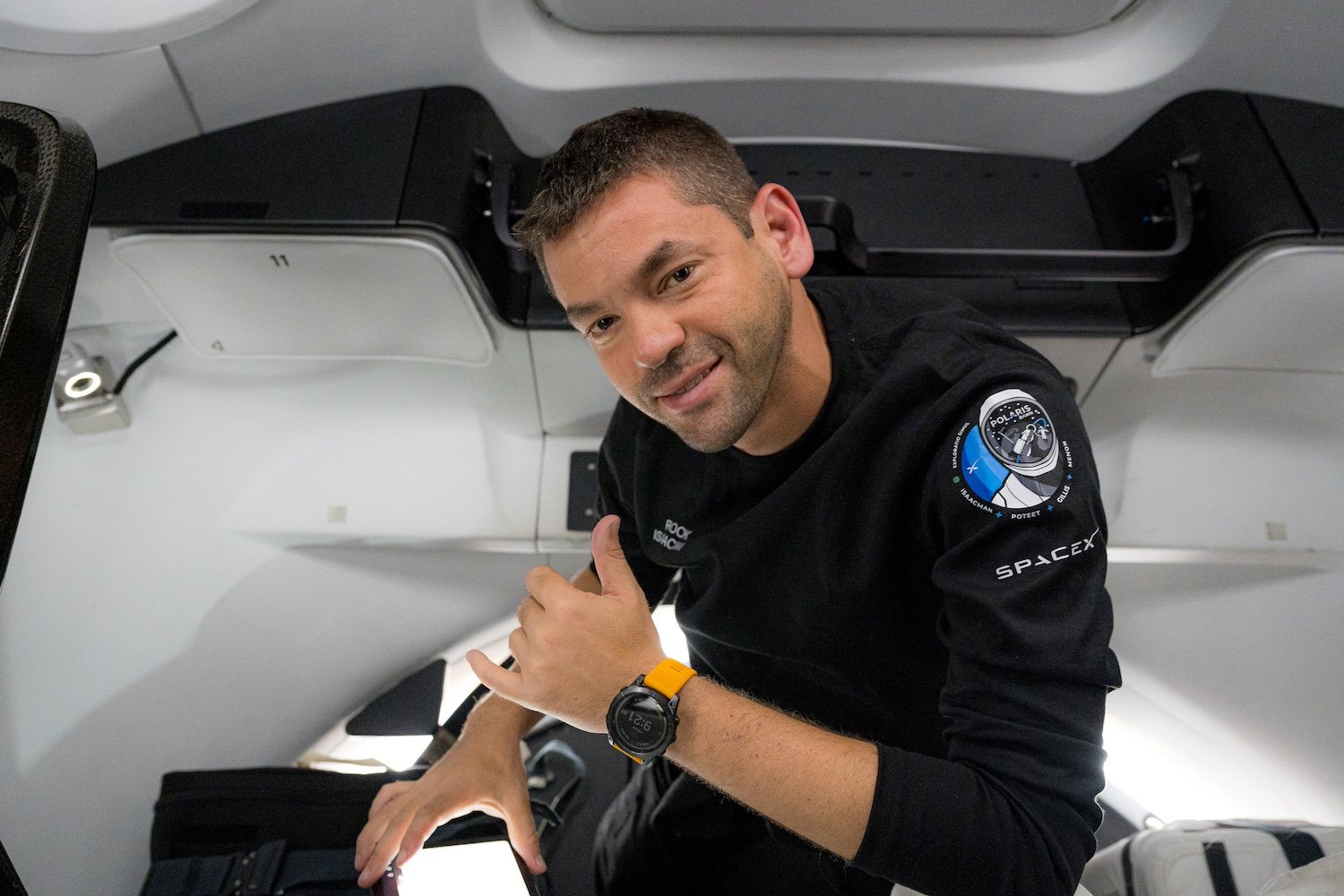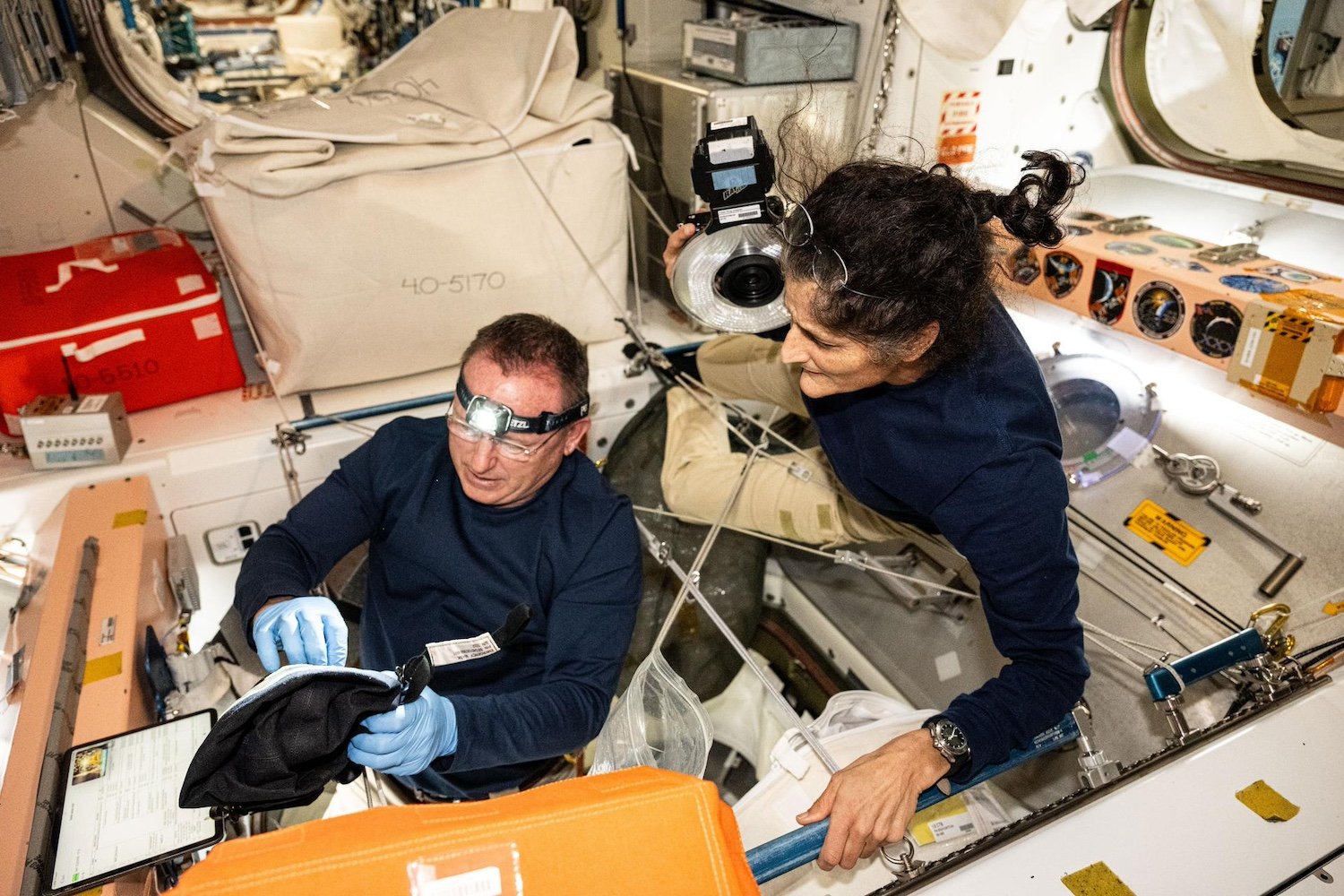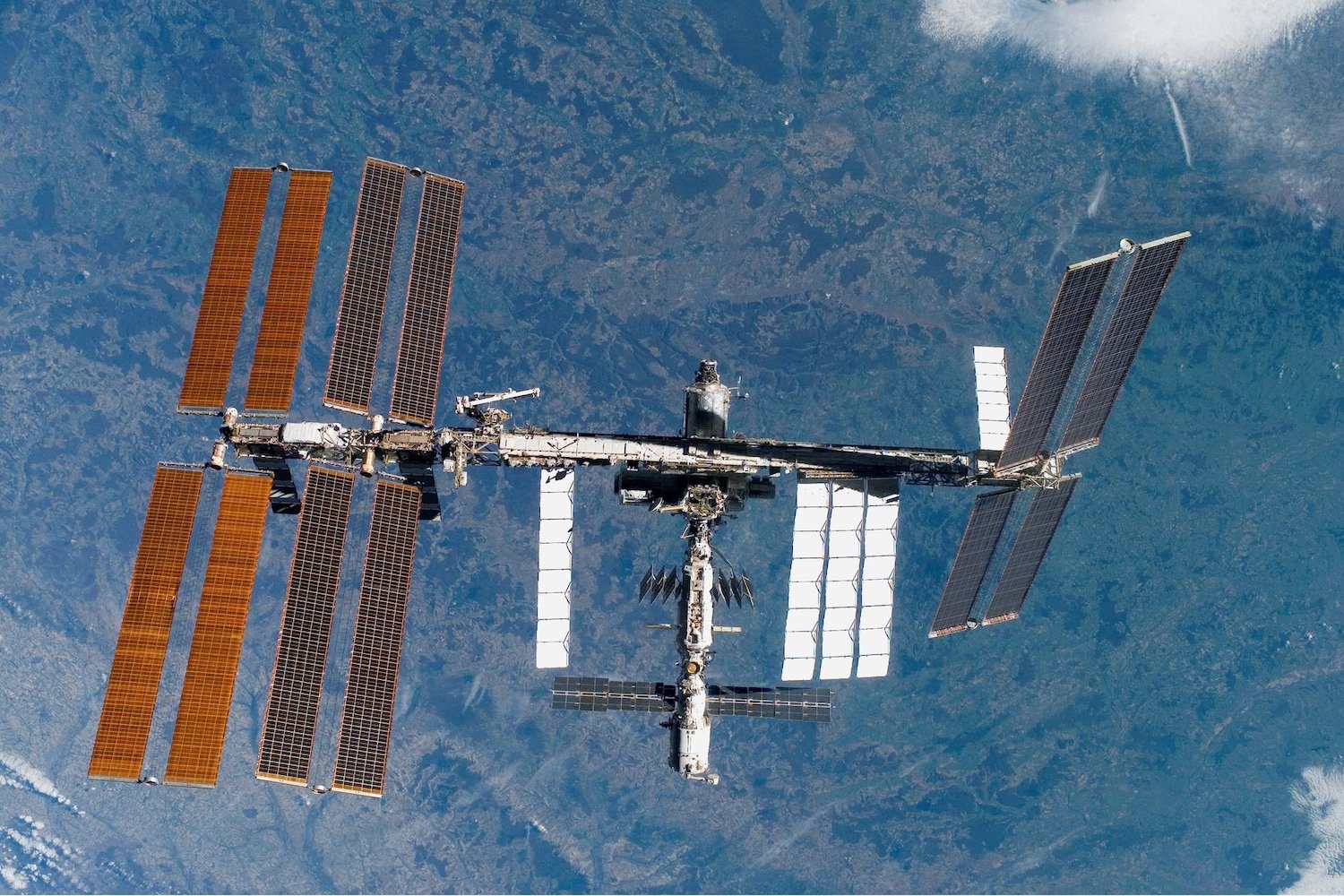NASA’s Lunar Trailblazer satellite has arrived in Florida and is integrated with a SpaceX Falcon 9 rocket, poised for launch later this month. The small but mighty spacecraft is scheduled to lift off no earlier than February 26 from Kennedy Space Center. Its mission: to orbit the Moon and comprehensively analyze its water content. While water molecules exist on the Moon’s sunlit surface, they’re lost to space, leaving scientists puzzled about how lunar surface water is replenished. The Lunar Trailblazer mission seeks to answer this question.
Trailblazer’s Journey to Lunar Orbit
NASA’s Jet Propulsion Laboratory recently detailed the intricate maneuver that will propel Trailblazer into lunar orbit. Approximately 48 minutes after launch, the spacecraft will separate from the Falcon 9 and embark on its journey to the Moon, where it will conduct a minimum two-year mission.
Cutting-Edge Instruments for Lunar Exploration
Trailblazer is equipped with two sophisticated instruments: the High-resolution Volatiles and Minerals Moon Mapper (HVM3) and the Lunar Thermal Mapper (LTM) infrared multispectral imager. HVM3 will map the distribution of minerals and water on the lunar surface, including within shadowed craters, potential havens for water ice. The LTM will also map minerals, but with a focus on the thermal properties of the lunar surface.
Synergy of Science Instruments
“The LTM instrument precisely maps the Moon’s surface temperature, while HVM3 searches for the spectral signature of water molecules,” explained Neil Bowles, LTM instrument scientist at the University of Oxford. “Together, these instruments will allow us to understand how surface temperature influences water, enhancing our understanding of the presence and distribution of these molecules on the Moon.”
Small Satellite, Big Impact
Weighing just 440 pounds (200 kilograms) and spanning 11.5 feet (3.5 meters) with its solar panels deployed, Lunar Trailblazer demonstrates remarkable capabilities for its size. “Unlike typical small missions with a singular, focused objective, Lunar Trailblazer boasts two high-fidelity instruments,” said Andy Klesh, Trailblazer’s project systems engineer at JPL. “We’re truly exceeding expectations.”
Navigating to the Moon
The spacecraft’s journey to the Moon will take between four and seven months, depending on the precise launch date. The mission will utilize gravitational assists to efficiently reach its destination. After launch, two correction maneuvers and a mid-course correction will be performed before scheduled flybys on March 3 and May 8. The team aims to insert the spacecraft into lunar orbit on July 7.
Fuel-Efficient Lunar Insertion
“The initial rocket boost will send the spacecraft beyond the Moon and into deep space,” explained Gregory Lantoine, the mission’s design and navigation lead at JPL. “Gravity will naturally reshape its trajectory after several lunar flybys and Earth loops, allowing for capture into lunar orbit with minimal propulsion. This is the most fuel-efficient approach.”
Comprehensive Lunar Surveillance
Once in orbit, approximately 60 miles (100 kilometers) above the lunar surface, Trailblazer will circle the Moon 12 times daily, observing its surface at different times during its rotation. This comprehensive surveillance will provide valuable data about the Moon’s composition and thermal behavior.
Paving the Way for Artemis
The Lunar Trailblazer mission’s findings will contribute significantly to our understanding of the lunar surface. This knowledge is crucial for preparing NASA’s upcoming Artemis missions, which aim to return humans to the Moon for the first time since the Apollo era.



